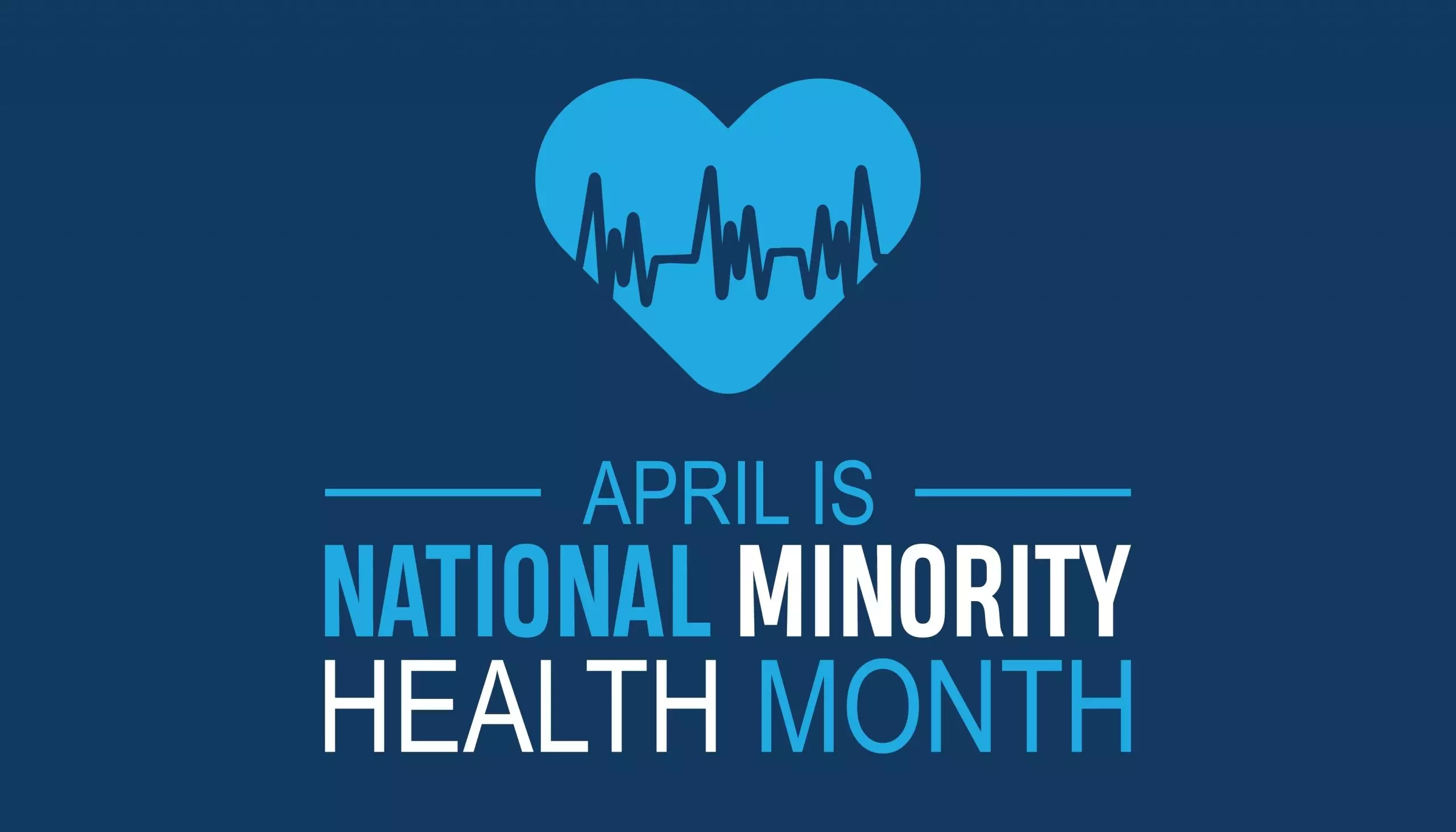
Prioritizing Minority Health: Understanding and Addressing the Impact of High Blood Pressure, High Cholesterol, and Diabetes Across Diverse Communities
April is Minority Health Month, a crucial time to raise awareness and address the health disparities faced by racial and ethnic minority communities in the United States. Among the myriad health issues that disproportionately affect these communities, high blood pressure, high cholesterol, and diabetes stand out as silent yet significant threats. For minority populations, including Black, Hispanic or Latino, Indigenous American, East Asian, and South Asian communities, health screenings are a critical proactive step in mitigating their effects.
The Health Burden on Minority Communities
Racial and ethnic minority groups in the U.S. often experience higher rates of hypertension (high blood pressure), hyperlipidemia (high cholesterol), and diabetes compared to their White counterparts. These conditions not only pose immediate health risks but also contribute to the development of severe cardiovascular diseases such as heart attacks, strokes, and heart failure.
High Blood Pressure
According to the Centers for Disease Control and Prevention (CDC), African Americans have the highest prevalence of hypertension (56%) compared to any other racial or ethnic group in the U.S., yet among those recommended to take blood pressure medication, only 25% achieve blood pressure control.
For Hispanic, Indigenous American, East Asian, and South Asian people in the U.S., disproportionately high rates of hypertension can be influenced by:
- Lifestyle factors such as smoking and dietary habits
- Environmental factors like pollution, food desserts, lack of jobs, personal safety, and green spaces,
- Both casual and systemic racism, and
- The stress of acculturation.
High Cholesterol
Minority populations, including African Americans and Hispanic Americans, often have higher levels of LDL (low-density lipoprotein) cholesterol, commonly known as “bad” cholesterol, particularly among men. In fact, Mexican American men have the highest rate of new cases (38.8%), followed by non-Hispanic Black men (30.7%). American Indigenous, East Asian, and South Asian communities also experience elevated cholesterol levels.
In South Asian populations, food preparation practices involving saturated fats and trans fats, relatively low physical activity levels, and genetic factors such as familial hypercholesterolemia, render this community especially vulnerable.
Diabetes
- Diabetes, particularly type 2 diabetes, is prevalent in many racial and ethnic minority communities. As of 2021 data, 13% of the general U.S. adult population has diabetes, with disproportionately high rates among:
- South Asians (23%),
- American Indigenous/Alaska Natives (14.7%),
- Hispanics (12.5%), and
- Non-Hispanic Blacks (11.7%).
- The rates for non-Hispanic Asians (9.2%) and non-Hispanic Whites (7.5%) were significantly lower.
The Importance of Screenings
Regular screenings for high blood pressure and high cholesterol play a pivotal role in early detection and prevention efforts. However, people in minority communities in the U.S. often face various barriers to accessing these essential healthcare services, including:
- Lack of insurance coverage or ability to pay out of pocket
- Racism, cultural stigmas, and ignorance on the part of healthcare professionals
- Lack of transportation to screening facilities
- Low health literacy and awareness of available services
- Distrust of the healthcare system due to historical and current discriminatory practices
Consequently, many individuals remain unaware of their underlying health conditions until they manifest as more severe illnesses.
Innovating interventions
Community outreach programs and initiatives tailored to minority populations can help increase awareness about the importance of screenings and address misconceptions surrounding preventative healthcare through a multifactorial, cross-disciplinary approach on national, regional, and local levels that respects the agency of individuals and communities and empowers them to act in their own best interests.
- Culturally sensitive approaches that incorporate language and cultural preferences are essential in promoting health equity.
- Collaborations between healthcare providers, community organizations, and local leaders are essential for establishing trust and facilitating access to screening services.
- Education initiatives focusing on lifestyle modifications, such as healthy eating habits and regular physical activity, can empower individuals to take proactive steps in managing their blood pressure, cholesterol levels, and blood sugar levels. Culturally tailored interventions that respect diverse dietary preferences and cultural practices are particularly effective in engaging minority populations.
- Encouraging dialogue within families and communities about the significance of preventative healthcare fosters a supportive environment conducive to prioritizing overall well-being. Initiatives that emphasize the importance of familial support networks and intergenerational health education can have a profound impact on health outcomes.
Recognizing and addressing disparities
As we commemorate Minority Health Month, it’s imperative to recognize and address the disparities that persist in healthcare access and outcomes across diverse racial and ethnic groups. High blood pressure, high cholesterol, and diabetes represent significant health burdens within minority communities, necessitating concerted efforts to promote early detection and management through screenings and education.
By advocating for equitable healthcare services and empowering individuals to prioritize their health, we can strive toward a future where everyone, regardless of race or ethnicity, has the opportunity to lead a healthier life. Let’s seize this opportunity to amplify awareness, foster collaboration, and effect positive change in minority health outcomes.

